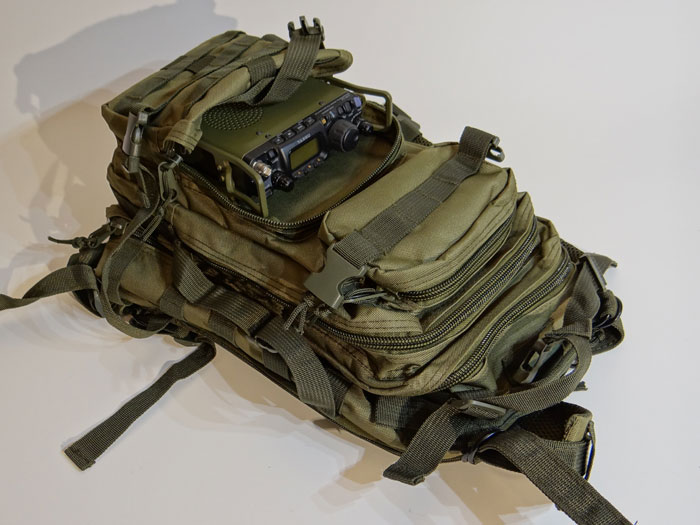Transceiver Slots

The switch generates logs when you insert or remove a network module with SFP/SFP+ slots. Use only supported network modules and Cisco pluggable transceivers. Each module has an internal serial EEPROM that is encoded with security information. The network module is hot-swappable. Therefore, just as its name implies, SFP slot is designed for use with SFP transceivers or modules. It offers a place where a SFP transceiver can plug into and then support fiber connection or copper cable connection. Different connection can support different transmission speed and distance.
With the development of science and technology, the speed of urban informatization is accelerating, and the requirements for communication technology are getting higher and higher. Optical fiber has become the first choice for people in communication installation due to its fast transmission speed, long-distance, safety and stability, and anti-interference. We often see that the long-distance data transmission requirements in intelligent building projects are basically optical fiber transmission. In fiber-optic networks, we often use fiber optic transceivers and optical modules. So, what is the difference between the optical transceiver and an optical module?
1. The optical module is a functional module or accessory, is a passive device that cannot be used alone. It can only be used in switches and devices with optical module slots; the optical fiber transceiver is a functional plug-in and is a separate active device. The equipment can be used alone with the power supply.

2. The optical module itself can simplify the network and reduce the points of failure, while the use of optical fiber transceivers will increase a lot of equipment, greatly increase the failure rate and occupy the storage space of the cabinet, which is not very beautiful.
3. The optical module supports hot-swap, and the configuration is relatively flexible; the optical fiber transceiver is relatively fixed, and replacement and upgrade will be more troublesome than the optical module.
4. Optical modules are more expensive than fiber optic transceivers, but they are much more stable and not easy to damage; while fiber optic transceivers are much more economical and applicable, but need to consider many factors such as adapters, light status, network cable status, etc., transmission loss accounts for 30% about.
5. Optical modules are mainly used for optical interfaces of optical network communication equipment such as convergence switches, core routers, DSLAM, OLT, and other equipment, such as computer video, data communication, wireless voice communication, and other optical fiber network backbone networks; optical fiber transceiver applications In the actual network environment where the Ethernet cable cannot be covered and the optical fiber must be used to extend the transmission distance, it is usually positioned in the access layer application of the beginning metropolitan area network, such as high-definition video image transmission for monitoring security projects and the last mile line of optical fiber Connect to the metropolitan area network and the outer network.
The above is the difference between an optical transceiver and an optical module. In addition, there are several points to note when connecting the optical module and the fiber transceiver: the wavelength and the transmission distance must be the same, for example, the wavelength is 1310nm or 850nm at the same time, and the transmission distance is 10km; the fiber jumper or pigtail must be the same interface to connect, generally The SC port used by the optical fiber transceiver, and the LC port used by the optical module. This point will prompt the choice of interface type when purchasing. At the same time, the speed of the optical fiber transceiver and the optical module must be the same. For example, a gigabit transceiver corresponds to a 1.25G optical module, a 100M connects to a 100M, and a gigabit connects to a gigabit; the fiber type of the optical module must be the same.
The above information is provided by the transceiver supplier.
_-_Beam-Power_Supply.jpg)
Resolution

Overview

Transceiver Slots Poker
The small form-factor pluggable (SFP) is a compact, hot-pluggable transceiver used for both telecommunication and data communications applications. The PA-2000 Series, PA-3000 Series, PA-4000 Series, PA-5000 Series, and PA-7000 Series firewalls accept SFP module(s). This document describes how to view the currently installed SFP modules.
Details
From the CLI, run the following command:
where X=slot=1 and Y=port=21 for interface 1/21
Typical SFP module output
Defective SFP module output
If the output appears similar to the sample below, then the SFP module may be defective:
Note: To verify the above output, unplug the SFP module from the initial SFP port and plug it into another SFP port. Run the same 'show system state filter' command as above. If the output is the same, then the module is defective.
owner: gcapuno